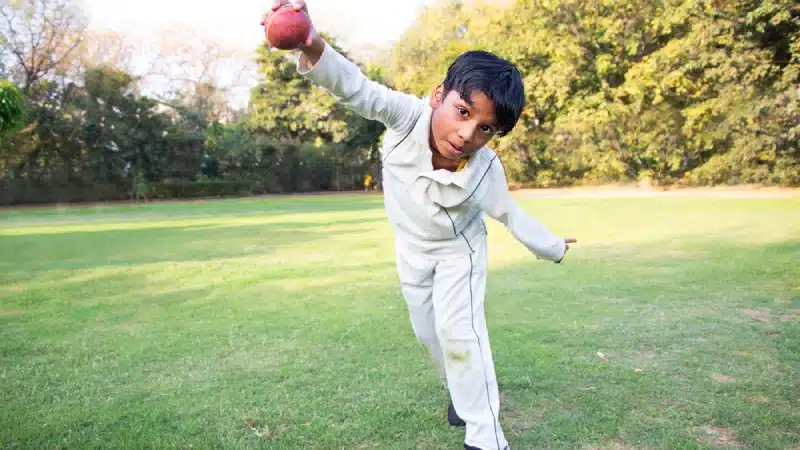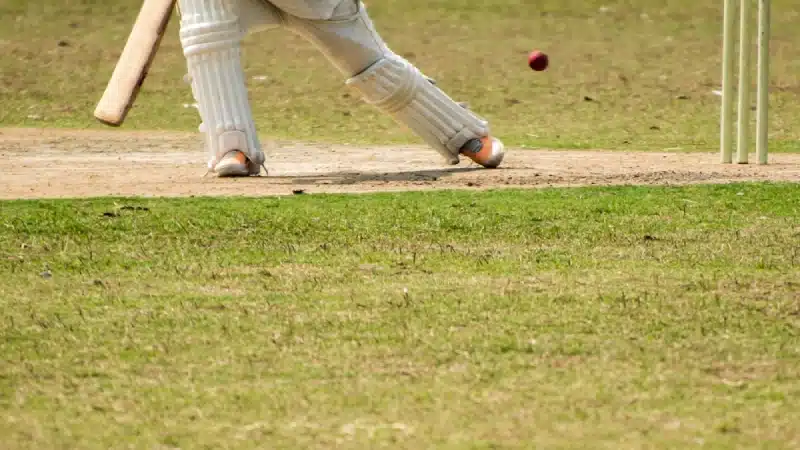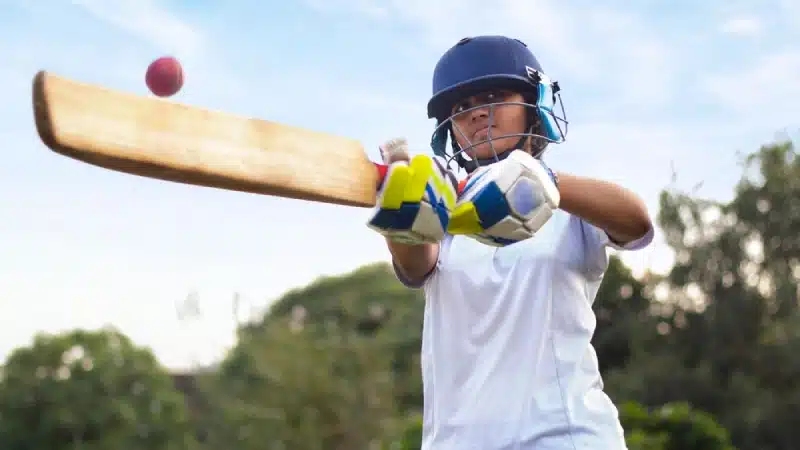
Technology has come a long way as cricket’s evolved over the years with the Decision Review System (DRS) perhaps one of its greatest and most polarizing innovations to date.
T20 cricket is a fast-paced format and has grown exponentially due to its marketable charm. The number of reviews in cricket varies across formats, making it crucial for teams to be confident before asking for a review that challenges the on-field umpire’s original decision.
When was the DRS introduced?
The Umpire Decision Review System, commonly known as DRS, was first tested in the 2008 Test between Sri Lanka and India in Colombo. The International Cricket Council (ICC) officially launched the system on 24th November 2009, during the first Test match between New Zealand and Pakistan at the University Oval.
The review system was later used in the limited-over formats in 2011 (England’s tour of Australia) and 2017 ( T20s - Pakistan Super League and T20Is - 2018 Women’s World Twenty20).
How does the DRS system work in cricket?
A fielding captain or the batsman who has been adjudged out by the on-field umpire can challenge the decision by gesturing a ‘T’ sign using their hands to ask for DRS. The buffer period to opt for DRS is 15 seconds from the moment the on-field umpire makes his original decision.
Should the fielding captain or dismissed batsman challenge the original decision, the on-field umpire at the bowler’s end then signals to the third umpire to review the decision with a square mime gesture of a TV screen.
The third umpire initially checks if it’s a legal delivery, before proceeding to watch the replays to adjudge an lbw or caught-behind. The replays are checked using Ultra-edge (or snickometer) and Hotspot.
The third umpire first reviews the impact of the ball and if the ultra-edge does not reveal an edge, he proceeds to check the ball-tracking software to determine whether the ball will hit the stumps.
If DRS adjudges that the on-field umpire had correctly ruled the batsman out, the third umpire asks the on-field official to stay with his original decision.
However, should the third umpire request to overturn an incorrect decision, the on-field umpire revises his initial call by touching each shoulder with opposite hands in a cross-like gesture to give the correct decision (out / not out).
How many reviews are allowed in ODIs, Tests and T20s?
Test cricket: As per ICC laws, a cricket team was allowed to have two unsuccessful reviews per innings. However, following the COVID-19 pandemic outbreak in 2020, home umpires would officiate Test matches due to travel restrictions, resulting in a temporary revised limit that’s three reviews instead of two at present.
ODI cricket: Since the DRS was adopted in 2011, a cricket team was permitted to appeal for one review per inning. In January 2020, there was a provision made to increase the count to two reviews. Just like Test cricket, this new rule is temporary.
How many reviews are allowed in T20 cricket: While there were amendments made to the rules for reviews in Test and ODI cricket due to COVID-19, the number of reviews in T20 cricket has been limited to one for each team per inning. This practice is followed across all domestic T20 competitions like the Indian T20 League and international cricket tournaments like the T20 World Cup.
How can reviews be retained?
While a successful player review challenge can help a team retain their review in a T20 cricket fixture, the umpire’s call is another method to retain reviews.
Reviews are also retained in case they are taken of a no-ball, or any other sort of illegal delivery.
Author: William Paul
Featured photo: AFP / Paul Ellis




















